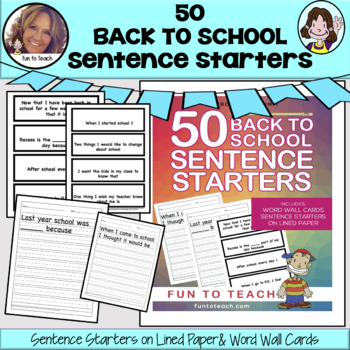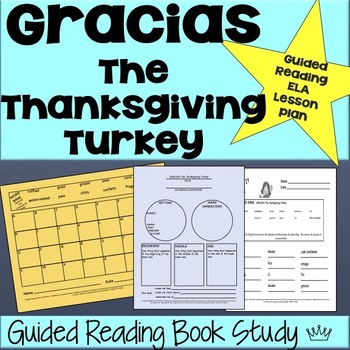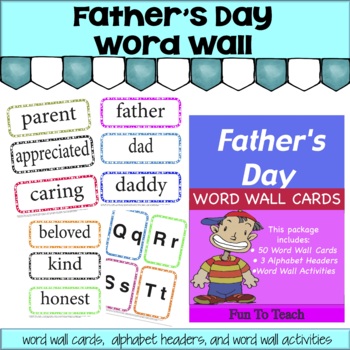This blog has been a long time coming. Truth be told, I put this off for a long time; not because I had no idea what I wanted to say, but because I didn’t know how to say it. I decided on the version that reflects me the most: the brutally honest, oftentimes sarcastic, unapologetic one. I’m well aware that my style might be different than what is normally posted in this space, but I also think we shouldn’t be afraid to be honest about how we feel, what we’re thinking, and who we are, especially when it comes to advocating for the things we care about. So, if you came here expecting a black and white picture on advocacy, I’m not sorry; advocacy and policy work is as gray a picture as you can get.
I’ve titled this series the Unapologetic Advocate, not only because that describes me pretty perfectly (for better or worse), but also because all too often the advocates I work with feel the need to apologize for their beliefs around English learners and education in general. “I’m sorry, but I have kids who don’t come to school out of fear they’ll be deported,” was something I heard recently from an advocate. Why are we sorry for believing and advocating for our students? There is nothing to apologize for! Within this space, I’m optimistic that we can stop apologizing for who we are and what we think, and get to work on advancing the changes we want to see in English language learning and teaching while being true to who we are.
In one setting or another, my entire professional career has been rooted in education. No matter the context, though, I’ve found one statement to always hold true: Advocacy is critical to creating change. My faith in the power of advocacy is why it would catch me off guard when I was regularly asked the same question about advocacy: “Why does it matter?” The first time someone asked me this, it was more than a little surprising, and if I’m holding true to my claims of honesty, it drove me crazy. I would think to myself (my naïve, idealist, still under 25-self), How could anyone think that advocating for issues they’re passionate about doesn’t matter? What kind of…how…who…huh…?
In hindsight, my reaction to those who seemingly saw no value in advocacy was impetuous, to say the least. It took some introspection to realize that the majority of those who questioned the need for advocacy weren’t disinterested in creating change, but were more or less disenchanted by the process itself, having been disappointed by efforts and outcomes in the past. The path toward change can be a rough one, and sometimes when things don’t go the way you’d like, it’s easy to devalue all of your hard work and label it a total failure. That type of thinking is what allows doubt to seep into the minds of even the most dedicated advocates, to the point where they question some of their most tightly held principles and ask some guy they barely know, “Why does it even matter?”
What can I say to that, though? I get it. Failure hurts, plain and simple. To make matters worse, advocacy work is often touted as being zero sum; there are only winners and losers, and no one is going home with a participation trophy. So, what’s the answer? Why exactly should we all care about advocacy? The answer isn’t as complicated as you might think. I know entire books have been written about advocacy, but let’s narrow it down as far as we can, ignoring the fact that I’ve already gone well over my suggested word limit.
Even if you aren’t a classroom teacher, odds are you’re reading this because you have some stake in the success of English learners and their teachers. So, whether you’re a teacher, administrator, researcher, or another TESOL professional or supporter, the reason that advocacy is so important comes down to one simple thing: responsibility.
As TESOL stakeholders, each of us has the responsibility to do whatever we can to ensure the success of every English learner, regardless of their circumstance or background, and one way to ensure positive outcomes is through advocacy work. How our advocacy efforts fare can never be guaranteed, and I know that uncertainty isn’t exactly a motivator, but whether we are wildly successful in our advocacy efforts or fail miserably, it’s our responsibility as educators to still try; the success of our students demands it.
So, why does advocacy matter? Because every day we should strive to exemplify who we want our students to become: active and engaged community members who give a voice to those who can’t speak, advocating on their behalf regardless of the challenges that might be encountered along the way—and without apologies.
from TESOL Blog http://blog.tesol.org/the-unapologetic-advocate-why-we-advocate/

 This package consists of :
This package consists of : p.p1 {margin: 0.0px 0.0px 0.0px 0.0px; line-height: 14.0px; font: 18.0px ‘Apple Color Emoji’} span.s1 {font-kerning: none}
p.p1 {margin: 0.0px 0.0px 0.0px 0.0px; line-height: 14.0px; font: 18.0px ‘Apple Color Emoji’} span.s1 {font-kerning: none} 
























